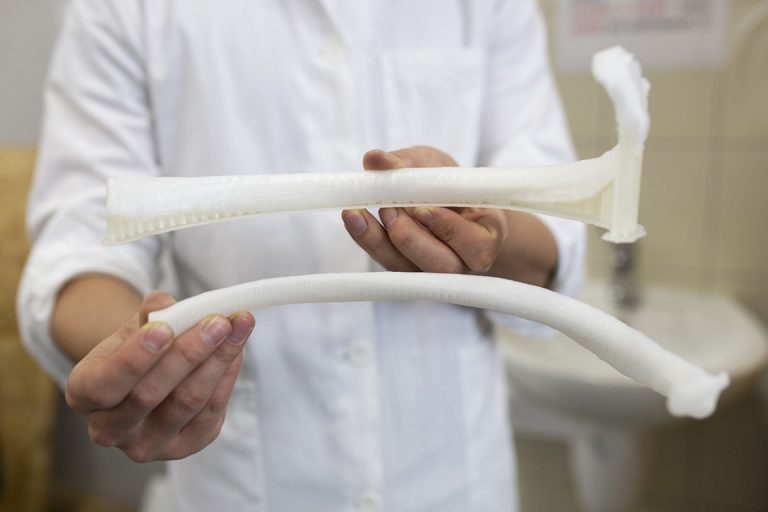Washington: Researchers have created the first 3D-printed fluid circuit element which may be used in implantable devices that release therapies directly into the body.
The diode so tiny that 10 could rest on the width of a human hair ensures fluids move in only a single direction, according to the research published in the journal Nature: Scientific Reports.
The microfluidic diode also represents the first use of a 3-D nanoprinting strategy that breaks through previous cost and complexity barriers hindering advancements in areas from personalised medicine to drug delivery, they said.
“Just as shrinking electric circuits revolutionised the field of electronics, the ability to dramatically reduce the size of 3D printed microfluidic circuitry sets the stage for a new era in fields like pharmaceutical screening, medical diagnostics, and microrobotics,” said Ryan Sochol, an assistant professor at the University of Maryland (UMD) in the US.
Scientists have in recent years tapped into the emerging technology of 3-D nanoprinting to build medical devices and create “organ-on-a-chip” systems.
However, the complexity of pushing pharmaceuticals, nutrients, and other fluids into such small environments without leakage — and the costs of overcoming those complexities — made the technology impractical for most applications requiring precise fluid control.
Researchers were limited to additive manufacturing technologies that print features significantly larger than the new fluid diode.
“This really put a limit on how small your device could be. After all, the microfluidic circuitry in your microrobot can’t be larger than the robot itself,” said UMD graduate students Andrew Lamont.
What sets the team’s strategy apart is its use of a process known as sol-gel, which allowed them to anchor their diode to the walls of a microscale channel printed with a common polymer.
The diode’s minute architecture was then printed directly inside of the channel — layer-by-layer, from the top of the channel down.
The result is a fully sealed, 3D microfluidic diode created at a fraction of the cost and in less time than previous approaches.
The strong seal they achieved, which will protect the circuit from contamination and ensure any fluid pushed through the diode isn’t released at the wrong time or place, was further strengthened by a reshaping of the microchannel walls.
“Where previous methods required researchers to sacrifice time and cost to build similar components, our approach allows us to essentially have our cake and eat it too,” Sochol said.
Now, researchers can 3D nanoprint complex fluidic systems faster, cheaper, and with less labour than ever before.
PTI
